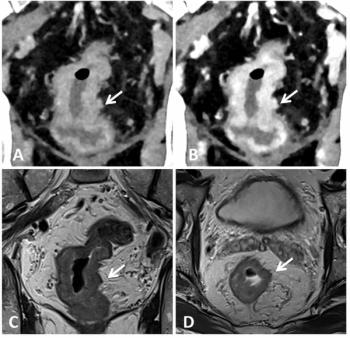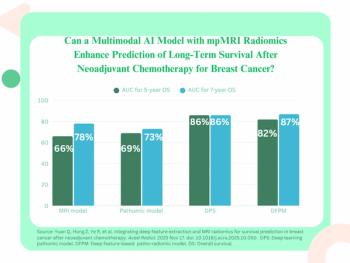
Unconscious man speaks after almost two decades as brain reorganizes
After 19 years in a minimally conscious state, a man recovered language and motor function. Diffusion tensor MR imaging showed reorganization of the patient’s brain white matter that could have facilitated functional recovery.
After 19 years in a minimally conscious state, a man recovered language and motor function. Diffusion tensor MR imaging showed reorganization of the patient's brain white matter that could have facilitated functional recovery.
DTI is capable of characterizing specific white matter pathologies such as atrophy and diffuse axonal injury. The preferential diffusion direction of water in myelinated white matter locally coincides with the direction of white matter fiber bundles in the brain.
At an initial DTI evaluation, the patient already had regained limited movement, speech, and communication. DTI indicated increased fractional anisotropy (assumed to reflect myelinated fiber density) and increased fiber directionality in the medial parietal, occipital (MPO) areas compared with controls (J Clin Invest 2006;116:2005-2011).
Eighteen months later, at the time of a second scan, the patient's motor and cognitive functions had further improved. Interestingly, anisotropy in the MPO had decreased. Researchers theorize that the initial spike in anisotropy was a transitional stage of an ongoing axonal sprouting process. Once the new fiber connections were made, axons thinned out by sprouting toward other targets, according to the multicenter, multidisciplinary study led by Henning U. Voss, Ph.D., a biomedical researcher at Cornell University.
Increased anisotropy in the MPO was further correlated with an increase in glucose metabolism measured by FDG-PET. Compared with all other brain areas, the MPO regions exhibited the highest resting FDG uptake, both at the time of the first PET scan and in the repeat study 18 months later.
Between the first and second PET scans, researchers found a 20% increase in standard uptake values across brain structures. The midline cerebellum SUVs, however, increased 50% in the second PET scan.
Researchers interpreted the increased glucose metabolism as likely reflecting the neuronal regrowth paralleling the patient's clinical recovery.
Investigators also found improved directionality in the white matter fibers in the inferior part of the cerebellar vermis, which had a direct clinical correlate in the patient's improved motor function and likely paralleled cognitive improvement.
In an accompanying commentary, researchers at the University of Liège in Belgium said that this case demonstrates that old dogmas need to be called into question, "as recovery with meaningful reduction in disability continued in this case for nearly two decades after extremely severe traumatic brain injury."
Scientific papers on acute comatose states outnumber those on vegetative and minimally conscious states 10 to one. The commentators called for more research into these two areas "so that these challenging neurological states can emerge from the current dark ages of therapeutic nihilism."
For more information from the Diagnostic Imaging archives:
Newsletter
Stay at the forefront of radiology with the Diagnostic Imaging newsletter, delivering the latest news, clinical insights, and imaging advancements for today’s radiologists.



























